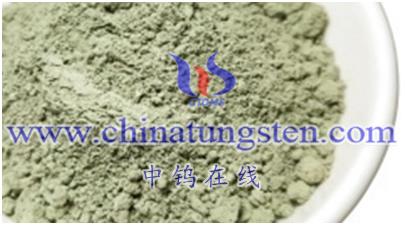Tungsten oxide nanoparticles with porous structure refer to tungsten oxide nanoparticles with multiple voids, channels or holes. The following are the characteristics of porous structure tungsten oxide nanoparticles:
Pore Structure
The porous structure of tungsten oxide nanoparticles has multiple voids, channels or holes, forming a highly open pore structure. These pores can be nano-scale or micron-scale, and the specific size and shape can be adjusted according to the preparation method and conditions.
High Specific Surface Area
The porous structure makes the tungsten oxide nanoparticles have a large surface area. Due to the existence of pores, porous structure tungsten oxide nanoparticles have more surface area than solid structure particles, which is of great significance for applications such as catalysis, adsorption, and energy storage.
Topology
The pore distribution and topological structure of porous structure tungsten oxide nanoparticles can be varied, such as spherical holes, connected channels, network structures, etc. These different topological structures can lead to different physical, chemical, and optical properties, thereby expanding their application areas.
Controllability
Through appropriate synthesis methods and conditions, the pore size, pore distribution and pore connectivity of the porous structure tungsten oxide nanoparticles can be adjusted. This allows researchers to design and fabricate desired porous structures according to the needs of specific applications.
Feature
The porous structure of tungsten oxide nanoparticles has rich functionality. By adjusting the pore structure and surface properties, it can have multiple functions such as catalysis, adsorption, sensing, optics and electrochemical, and is widely used in energy, environment, biomedicine and other fields.
There are various methods for preparing porous tungsten oxide nanoparticles, such as template method, solvothermal method, hydrothermal method and vapor deposition. Among them, the template method is a commonly used method for preparing porous structures. By using template materials to control the growth process of tungsten oxide, tungsten oxide nanoparticles with specific pore structures are formed. In addition, adjusting the synthesis conditions and the use of additives is also an important way to prepare porous tungsten oxide nanoparticles.

More details of tungsten oxide product, please visit website: tungsten-oxide.com
Please contact CHINATUNGSTEN for inquiry and order of tungsten oxide:
Email: sales@chinatungsten.com
Tel.: 86 592 5129595






